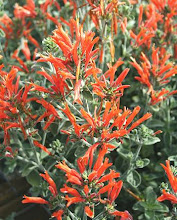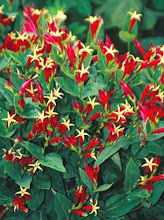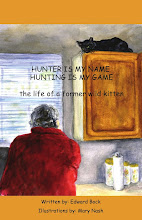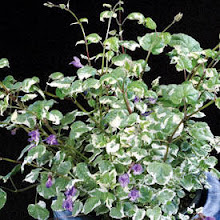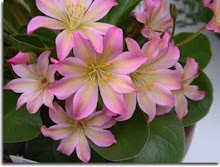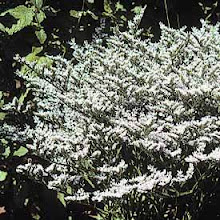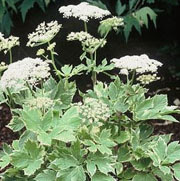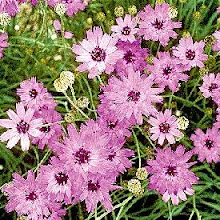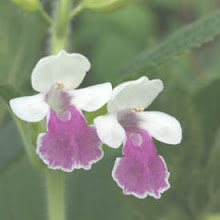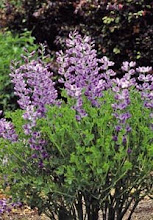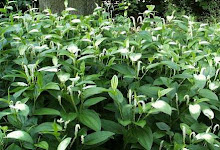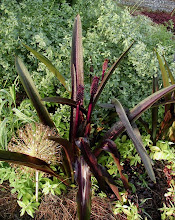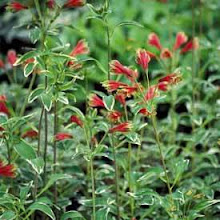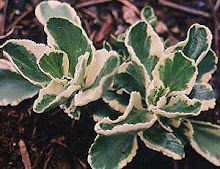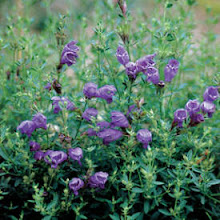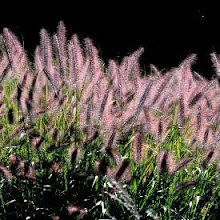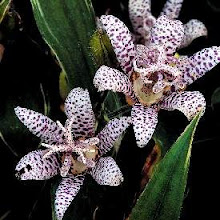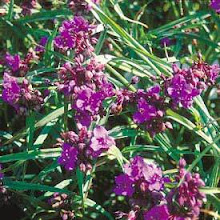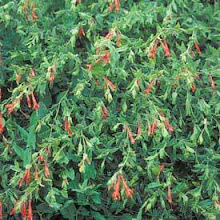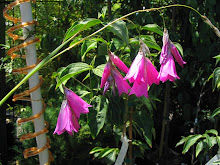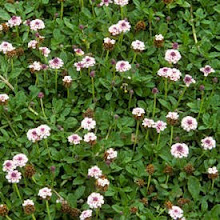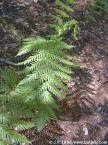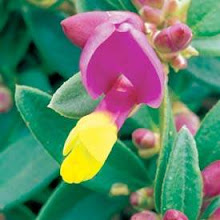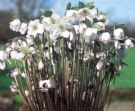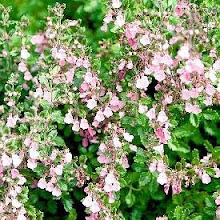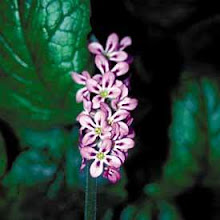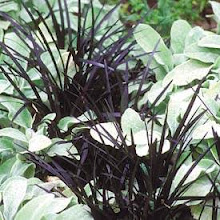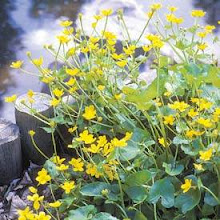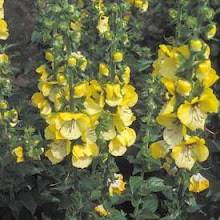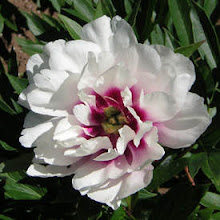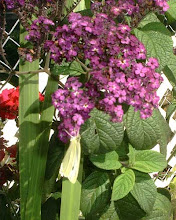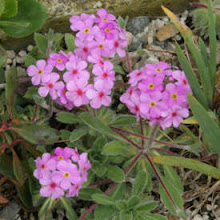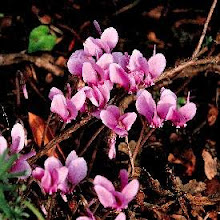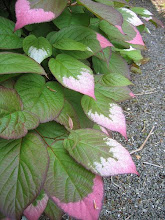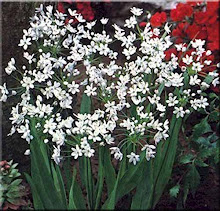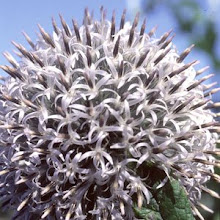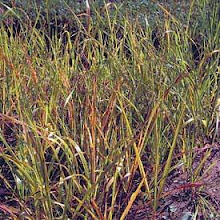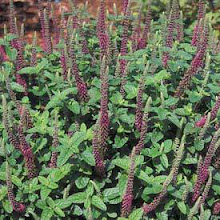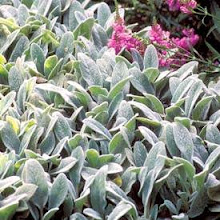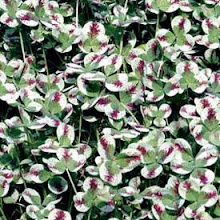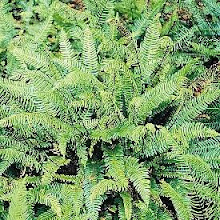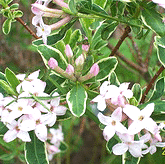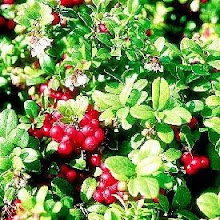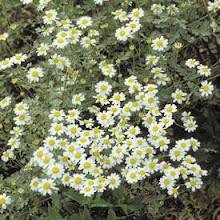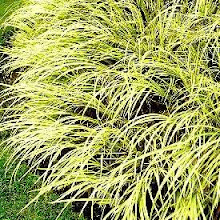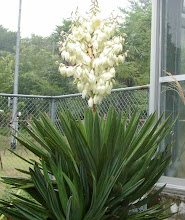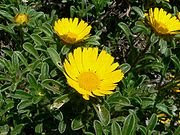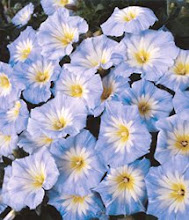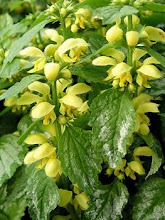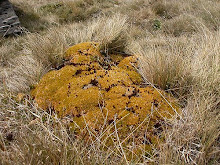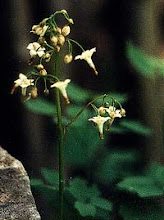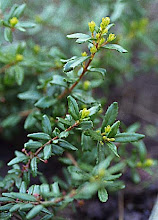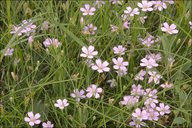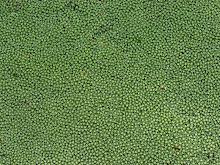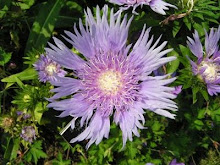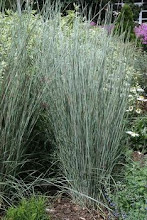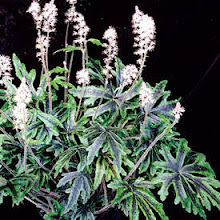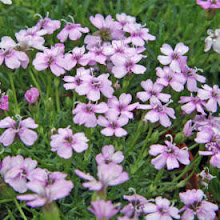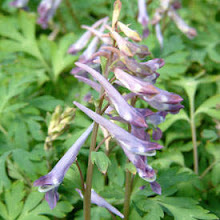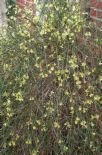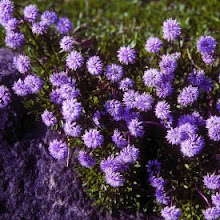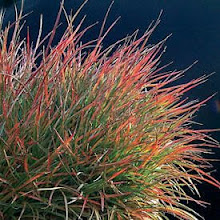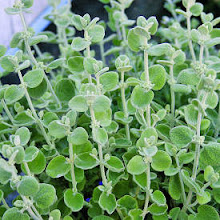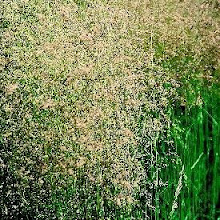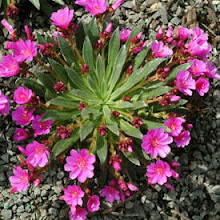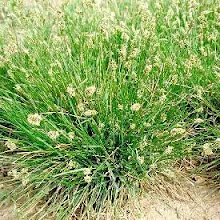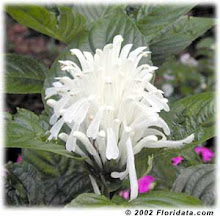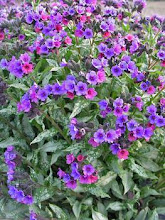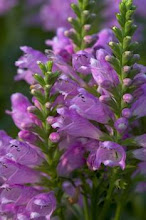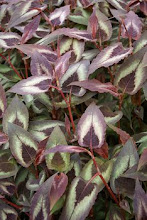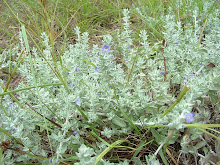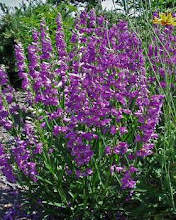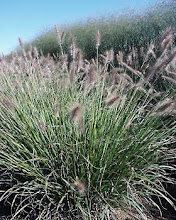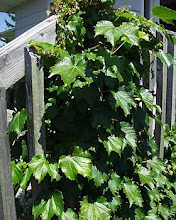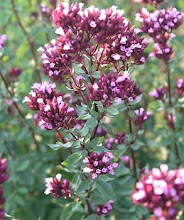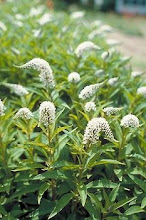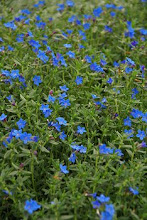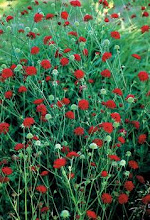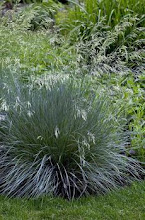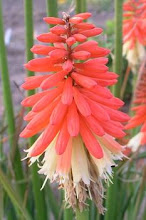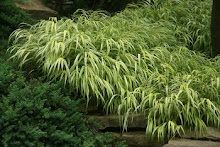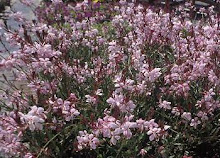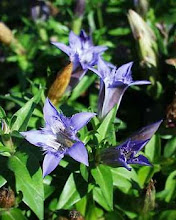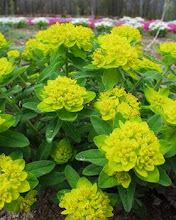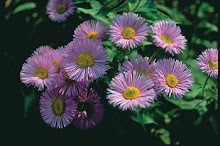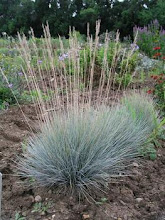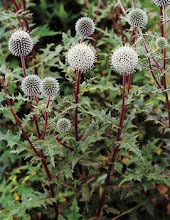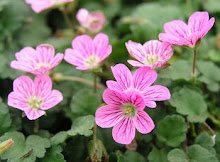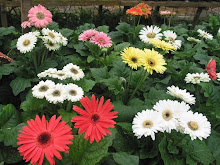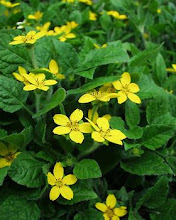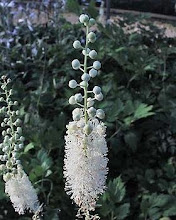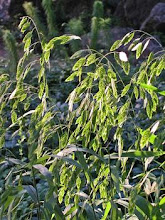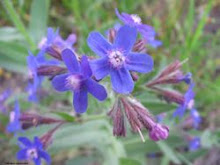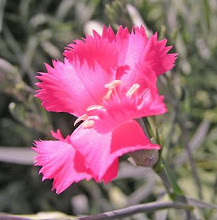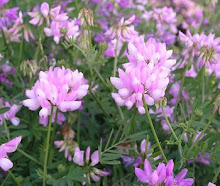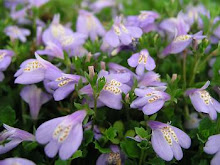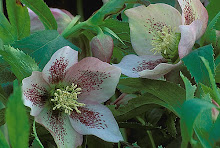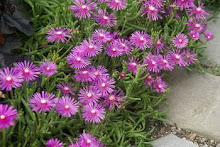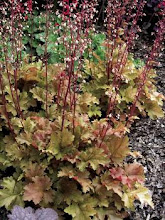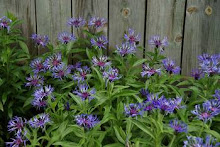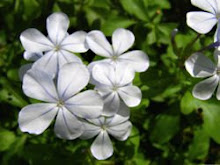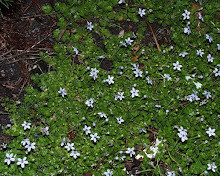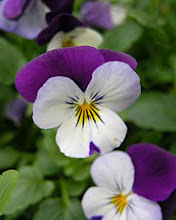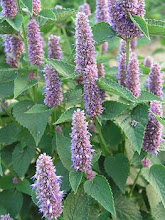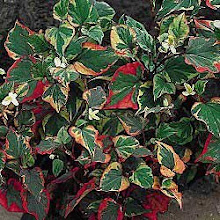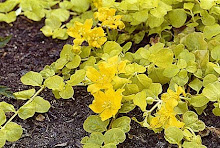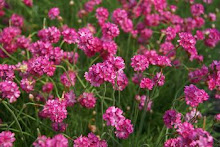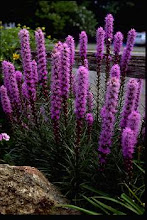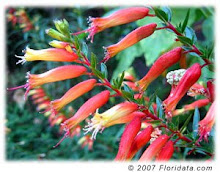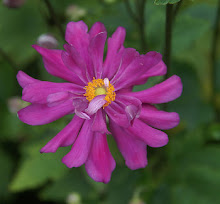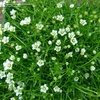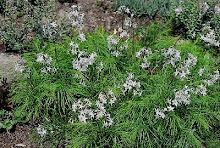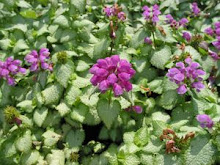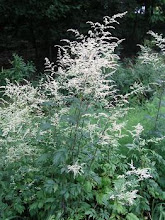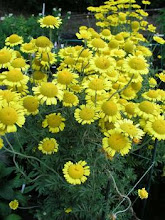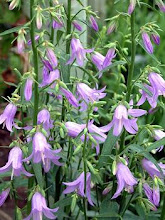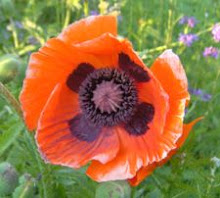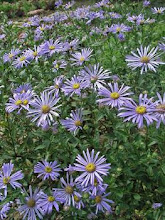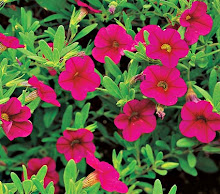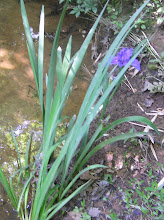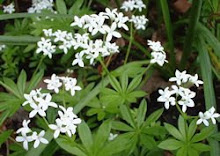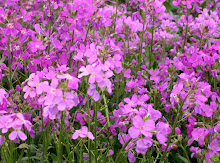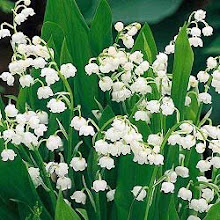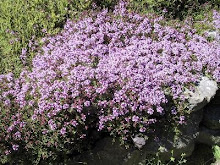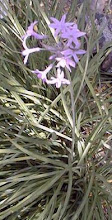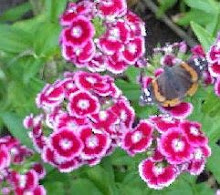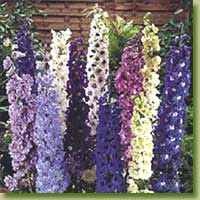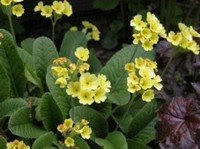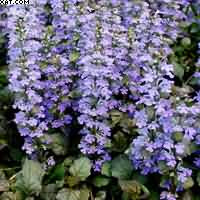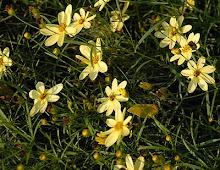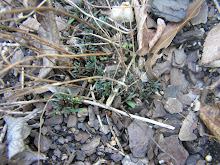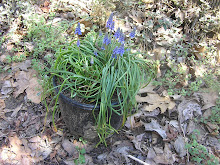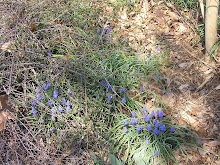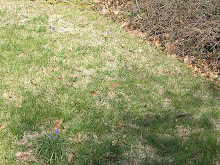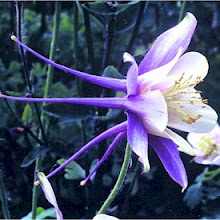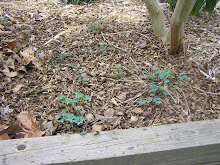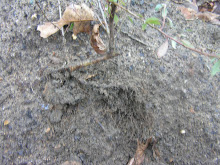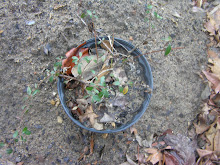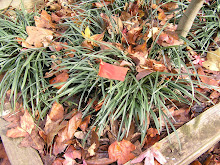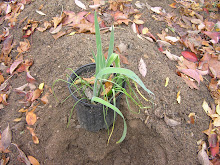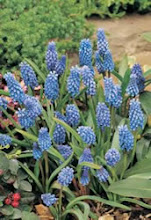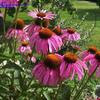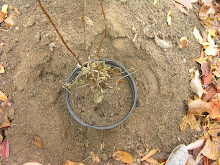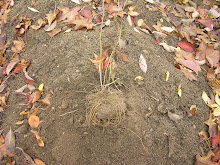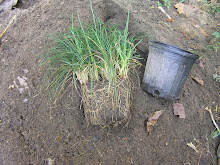By FRANK ELTMAN, Associated Press Writer Frank Eltman, Associated Press Writer
Wed Oct 6, 9:29 am ET
PLUM ISLAND, N.Y. – Researchers since the 1950s have studied dangerous animal diseases here that if unleashed could imperil the nation's livestock. Cold War germ warfare testing also occurred on Plum Island, and for decades the U.S. Army used it as a coastal defense post.
Nevertheless, many environmentalists characterize Plum Island as a "remarkable gem" and "exemplary site for fish and wildlife" when describing its attributes.
The federal government wants to relocate the animal disease lab to Kansas and is proceeding with plans to sell the isolated, 840-acre pork chop-shaped island off the eastern tip of Long Island, a move that has some environmentalists fretting about Plum Island's future.
On Wednesday, more than two dozen environmentalists and civic leaders were taking part in a daylong tour of Plum Island. It's sort of a real estate "open house," in which they will get a rare public glimpse of operations at the lab, as well as visit remote parts that are home to endangered bird species and other wildlife.
"We'd like to see a continuation of the research and development in some form, coupled with a more formalized protection of the rest of the island as a national wildlife refuge," Randy Parsons, policy adviser for the Nature Conservancy, said as the environmentalists gathered for remarks in an auditorium and a tour in an old green bus along winding roads through lush landscape.
Some of them also lined up to buy $12 souvenir T-shirts — offered in pink, blue, brown or yellow, and bearing an outline of Plum Island.
Although Agriculture Department scientists perform the lab studies, the island has been overseen by the Department of Homeland Security since 2003. About a dozen community groups have been granted access under tight security restrictions in the past year, DHS spokeswoman Kristine Garland said.
Because of the island's status as a potential target for terrorists who might want to steal dangerous pathogens or wreak other havoc, all visitors must undergo FBI background checks and all bags are inspected before visitors are permitted onto a ferry for the 1 1/2-mile trip.
Despite its mystique as the subject of a 1997 Nelson DeMille best-selling book of the same name, and its mention as a possible home for Hannibal Lecter in the film "Silence of the Lambs," Plum Island could be an ideal place for day trips because of its pristine beaches, some environmentalists say. They'd rather see that than homes or condo developed there.
[Related: See more private islands for sale]
"It would be a terrible insult to the millions of people who live within an hour's drive of the (Long Island) Sound for this to be developed as a playground for the few, as opposed to making it a managed and loved place for the many," said Curt Johnson, program director of a group called "Save the Sound."
He said the island has been identified as "an exemplary site for fish and wildlife, and in particular colonial birds." Nearby Great Gull Island, Little Gull Island and Plum Island combined have a large population of nesting roseate terns, an endangered species, he added.
The U.S. General Services Administration, which has responsibility for selling the island, is compiling a draft environmental impact statement, a preliminary step necessary to proceed with any sale. The statement, expected last month, has been delayed until late November or early December, GSA spokeswoman Paula Santangelo said. The delay is to allow input from the U.S. Environmental Protection Agency and the U.S. Fish & Wildlife Service.
Documents, some obtained earlier this year by The Associated Press under the Freedom of Information Law, reveal that hundreds of tons of medical waste, contaminated soil and other refuse already have been shipped off the island. Other island sites have been cleaned in compliance with federal regulations.
And the U.S. Army Corps of Engineers determined in 2006 that no munitions or ordnance remain from the Army base that once housed as many as 4,000 troops from the Spanish-American War through World War II. As late as 2007, New York government inspection reports said there is no environmental threat on the island.
"The opportunity to visit an island where very few have visited in 50 years is remarkable," said Adrienne Esposito, executive director of the Citizens Campaign for the Environment. "We're delighted that Homeland Security would welcome environmentalists. Any new start for the island needs to include preserving what's valuable; that's our goal, to preserve the environmental integrity so it's not lost forever."
Also under way is a congressional risk assessment of Homeland Security's decision to move the animal disease lab to Manhattan, Kan.; some lawmakers question the wisdom of studying dangerous pathogens in the so-called Beef Belt. DHS has determined that an accidental release of foot-and-mouth disease would have a $4.2 billion impact on the economy, regardless of the lab's location.
Still, the tour Wednesday appears to be another incremental step toward an eventual sale.
Alan Schnurman, a real estate developer in the Hamptons on Long Island's east end, said he has heard estimates that Plum Island could fetch as much as $50 million.
"As a high-end real estate project, whether it's developed as a resort or for high-end individual homes, Plum Island is very appealing to a certain segment of the population," Schnurman said. "I'm an environmentalist at heart, so I'd probably like to see a combination of both. They should develop the area where the lab is located and set aside the rest for environmental purposes."
In addition to the laboratory, Plum Island features a water filtration plant, sewage treatment facilities and other amenities that would be attractive to any developer.
"We just think that given the importance of Long Island Sound generally and the fact that there is an ever-shrinking pool of natural open space on the coastline, any sale should really be sensitive to the environmental values," said Charles Rothenberger, a staff attorney for the Connecticut Fund for the Environment. "If there is going to be any development, it should be limited to the current infrastucture and conservation arrangements should be made to protect the majority of the island."
Other popular stories on Yahoo!:
A Glut of Cepes
2 years ago


